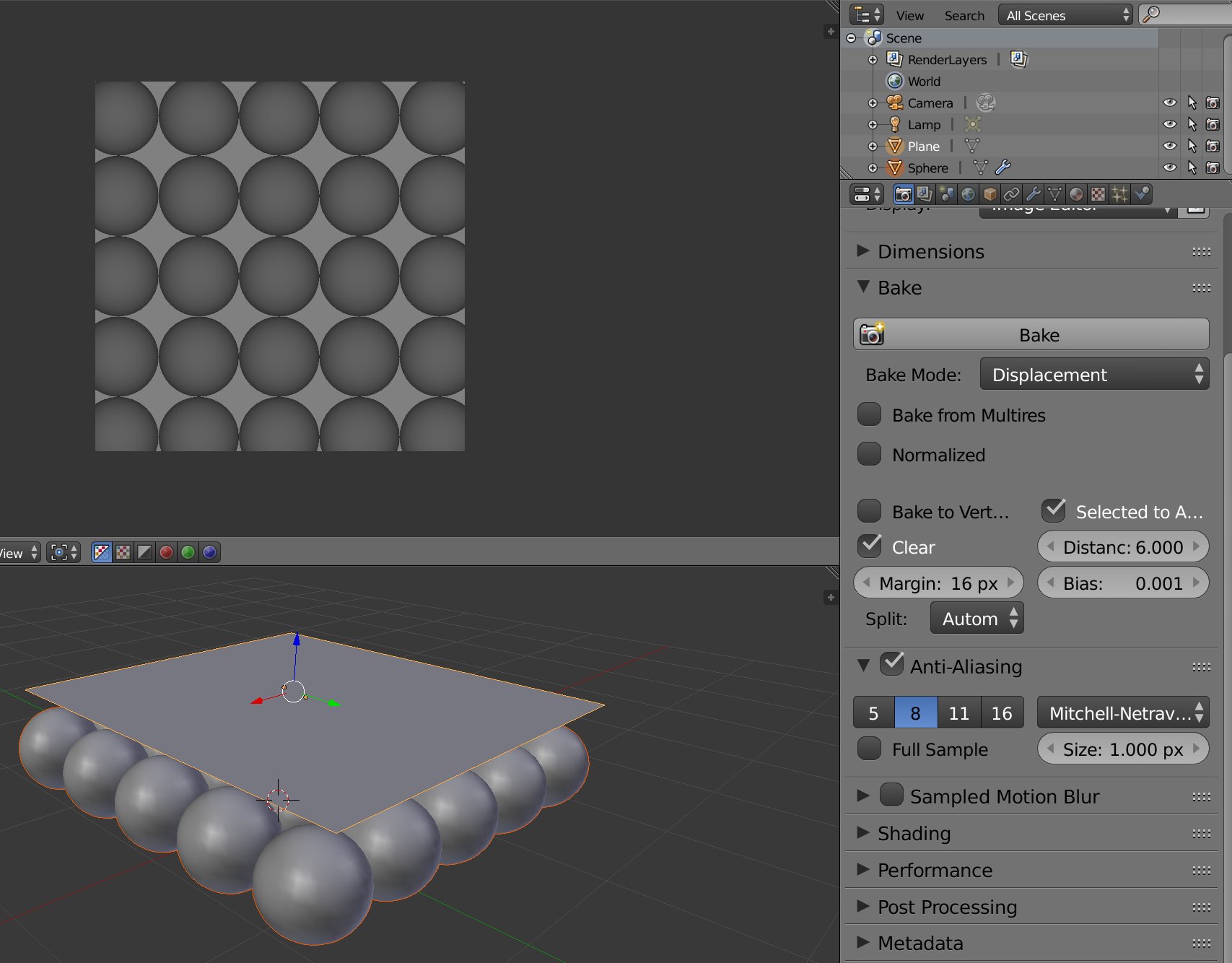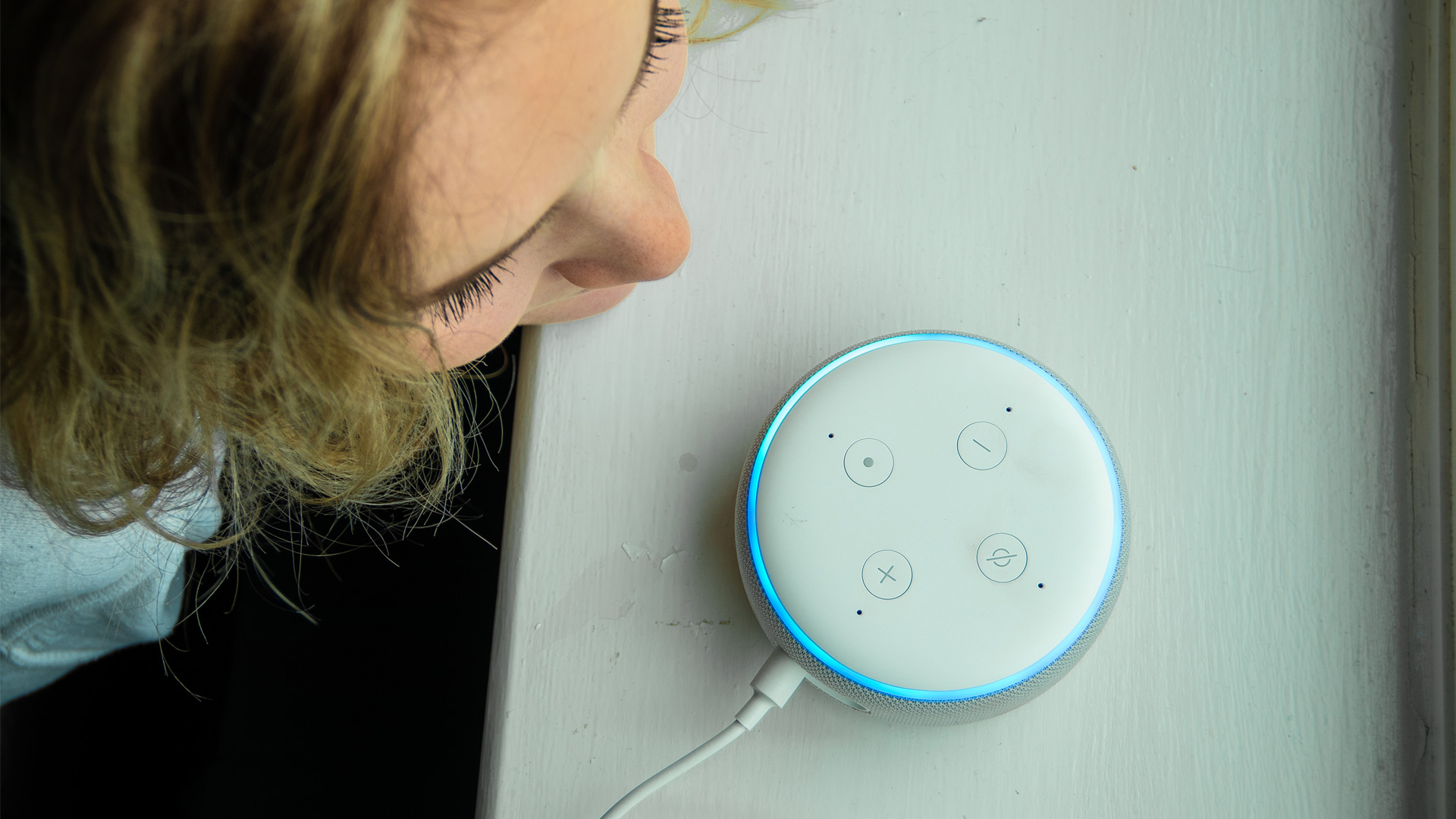www.fastcompany.com
The Fast Company Impact Council is a private membership community of influential leaders, experts, executives, and entrepreneurs who share their insights with our audience. Members pay annual membership dues for access to peer learning and thought leadership opportunities, events and more.When you factor in home, school, work, and other public spaces, the average person spends 90% of their time indoors. Given this, its probably no surprise that the built environment is responsible for 42% of the worlds carbon (CO2) emissions. This number is too big and the likelihood of it increasing is high when you consider aging buildings, extreme weather, a rising number of powered devices, and the energy demands of AI and high-performance computers. One way for workplaces to lower it is to go back to school and take a page from todays campus IT leaders and administrators.In addition to monitoring energy consumption, shifting high demand processing needs to off-peak times, and taking advantage of government incentives including energy tax credits and grants, campus leaders have uncovered a new way to get a better handle on energy consumption. One that can potentially lower their buildings carbon emissions and be replicated in the workplace.The problem with estimating energy needsEnergy consumption and distribution are often based on assumptions. For example, an ad hoc observation could tell you that sections of the library have fewer people on Saturday night versus Monday night. And that student projects and hackathons bring together clusters of people hovering over a table or in a lab.You can also assume energy consumption is higher in dorms on weekday mornings as students get ready for classes while administration buildings are still dark, therefore requiring less power in the administration buildings. Also, for university administrators, budgeting meetings require a larger conference room while one-on-one conversations are in private offices. For these different activities, energy needs vary.These assumptions may be helpful but are not entirely accurate; otherwise CO2 emissions would be decreasing. The HVAC and IT teams have likely already factored the ebb and flow of foot traffic and occupancy into buildings for heating and cooling systems. However, they cant know the frequency and timing of ad hoc meetings. Meanwhile, the time and cost of powering up an area for a short meeting can be untenable, which explains why a space is often set to a consistent room temperature regardless of usage.Our buildings today dont understand what users need or intend. Im sure you remember evenings when you were studying or working alone in a classroom or office, only to have the lights suddenly shut offforcing you to do a little dance to turn them back on. The situation is similar with HVAC systems. In many buildings, a single rooftop unit cools the entire space, so if one person feels hot in a room and sets the thermostat to low, the system might crank up the AC dramatically, wasting a lot of energy. These reactive responses are inefficient for building systems. The future lies in leveraging spatial intelligence to understand how users interact with space and to predict future needs and trends.Use AI to replace assumptions with actual dataLittle is known about understanding how humans use campus buildings and the office, yet that is changing. Instead of assumption-based decisions, campuses are tuning in to how students and staff use the buildings. For a while, the benefits of occupancy trackers, productivity tools, and cameras were touted, but those are incomplete at best and invasive at worst.This is why higher education institutions are tapping into newer technologies that combine AI and body heat sensing technology with anonymity to better understand how humans use indoor space. In addition to providing insight into foot traffic and occupancy, human movements can tell you the frequency of ad hoc meetings and the need for collaborative versus individual space based on how humans interact on a regular basis.The institutions and organizations using these newer technologies arent interested in who is in the space, nor are they capturing that data; they are focused on how the space is being used.Campus insights are transferable to the workplaceCampus energy demands are not unlike workplace energy demands. In many instances, both have a mix of older and newer buildings, fluctuating needs for individual work and group collaboration, and fluid foot traffic and occupancy due to shifts in return to office policies. Additionally, each campus and company have distinct corporate cultures.When we have a complete and accurate picture of how indoor space is used by humans, it leads to a better distribution of heating and cooling systems to meet the needs of the people in them. As a result, we see:Fewer blackouts: Despite older infrastructures being retrofitted, the number of blackouts is steadily increasing. Data from Climate Central reports that the U.S. has experienced a 58% increase in weather-related power outages over the past decade compared to the 2000s. A better understanding of energy consumption and needs can help lower the likelihood of blackouts.Higher value from investments in retrofits: According to Professor Kent Larson, director of the City Science research group at the MIT Media Lab, one can lower a buildings carbon footprint by using deep energy retrofit with newer technologies in HVAC/building materials and building sensory systems, including heat sensing technology to understand the effects of movements in a space.More productive workspaces: Instead of expensive or one-size-fits-all campus and office designs, interiors can reflect the distinct culture of the institution or organization. Spaces that accommodate the people in them result in more productive, collaborative, and meaningful environments.These types of insights flow into cost savings on energy and maintenance, lower carbon footprints, greater return on technology investments, and higher retention.In the workplace, its clear that employees are now in the office more regularly. In a January 2025 report, JLL cites rental rates are trending upwards and leasing has cemented post-pandemic highs in the last three consecutive quarters. Whats more, Q4 volume was at least 92% of pre-pandemic averages.As organizations try to make the office a place employees want to be, it is worth taking a closer look at innovations on campuses that can make a difference in the well-being of employees and the planet.Honghao Deng is the CEO and cofounder of Butlr, an MIT Media Lab spinout.










